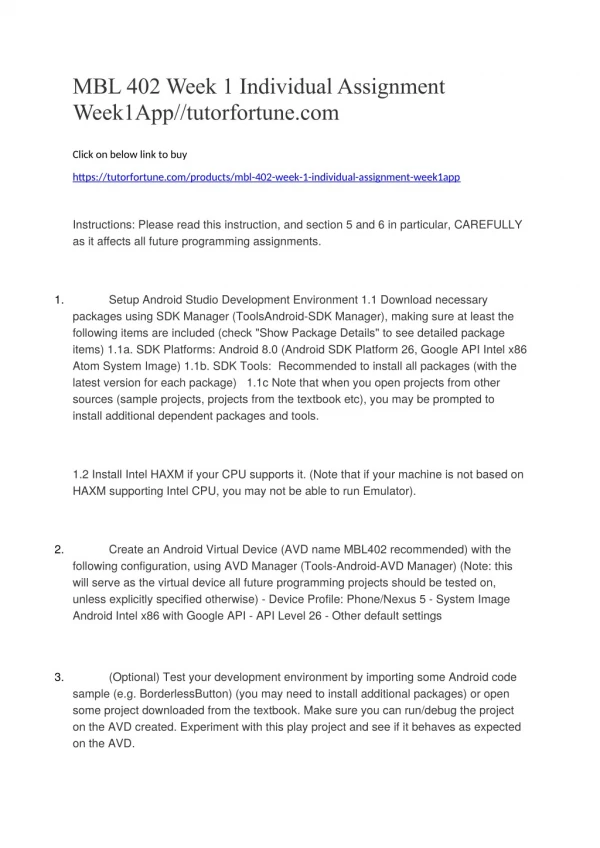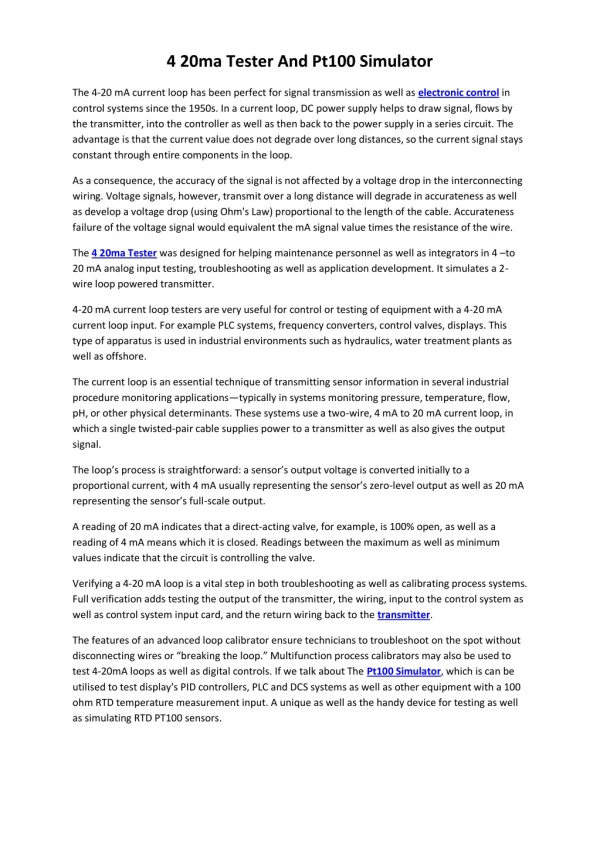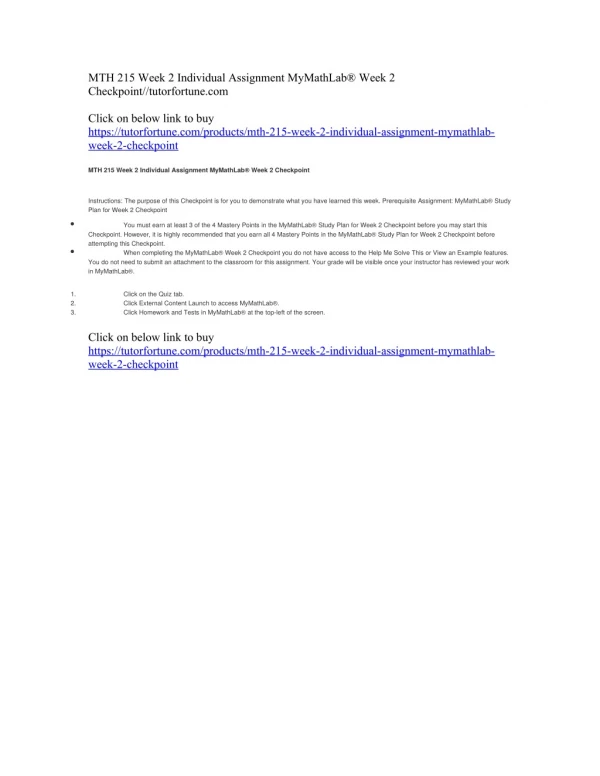MBL 402 Week 1 Individual Assignment Week1App//tutorfortune.com
MBL 402 Week 1 Individual Assignment Week1App//tutorfortune.com Click on below link to buy https://tutorfortune.com/products/mbl-402-week-1-individual-assignment-week1app Instructions: Please read this instruction, and section 5 and 6 in particular, CAREFULLY as it affects all future programming assignments. 1.tSetup Android Studio Development Environment 1.1 Download necessary packages using SDK Manager (ToolsAndroid-SDK Manager), making sure at least the following items are included (check "Show Package Details" to see detailed package items) 1.1a. SDK Platforms: Android 8.0 (Android SDK Platform 26, Google API Intel x86 Atom System Image) 1.1b. SDK Tools: Recommended to install all packages (with the latest version for each package) 1.1c Note that when you open projects from other sources (sample projects, projects from the textbook etc), you may be prompted to install additional dependent packages and tools. 1.2 Install Intel HAXM if your CPU supports it. (Note that if your machine is not based on HAXM supporting Intel CPU, you may not be able to run Emulator). 2.tCreate an Android Virtual Device (AVD name MBL402 recommended) with the following configuration, using AVD Manager (Tools-Android-AVD Manager) (Note: this will serve as the virtual device all future programming projects should be tested on, unless explicitly specified otherwise) - Device Profile: Phone/Nexus 5 - System Image Android Intel x86 with Google API - API Level 26 - Other default settings 3.t(Optional) Test your development environment by importing some Android code sample (e.g. BorderlessButton) (you may need to install additional packages) or open some project downloaded from the textbook. Make sure you can run/debug the project on the AVD created. Experiment with this play project and see if it behaves as expected on the AVD. 4.tDevelop your first Android App. 4.0 Start a new Android Studio project by adding an blank activity template (which should display a "hello world" message on the screen), with the following settings (note that naming convention and settings MUST be applied to all future assignments). This is to ensure your submitted package name is unique. Assignment: Week1App Android Studio Project Settings: - Application Name: Week1App<first-char-of-first-name-uppercase><first-char-of-last-name-upper-case><last-4-digits-IRN> for example, Week1AppCL3456 - Company Domain: mbl402.phoenix.edu - Automated populated Package Name: edu.phoenix.mbl402.<application-name-in-lower-case> - Leave "Include C Support" option unchecked. - Project Location: Choose a local directory to hold project files. - Target Android Device: Phone and Tablet/Minimum SDK = API 17 (default) - Activity Template: Empty Activity - Accept default names for Activity (MainActivity) and Layout (activity_main). Accept backward compatibility support (AppCompat) After the auto gradle build is complete, click Run-RunApp and make sure the "Hello World" message appears on the Emulator's screen. 4.1 Now modify the project to meet the following requirements: a. Change the display text to: "Hello Android, my name is <your full name>." (1.5 pts) b. Change the text color to green. (1.5 pts) c. Implement an "add message" menu item. When selected, some new message will be shown below the exiting texts on the screen. (2 pts) 5.tAssignment Submission Instructions (apply to all future Individual Dec 04, 2017 11:59 PM 5 programming assignments, including the team project) Once you have developed and tested the application on the AVD, gather the following THREE (3) items for review/grading. 5.1 Project Report File: 5.1a File Name/format: <ApplicationName>Report.doc/Microsoft Word 5.1b File Content: includes the following sections (please refer to AppReportSample file for detail): - At a glance summary on the implementation status of each requested feature and honest self-assessment of points to be earned. - For each feature, include all relevant app screenshots with narratives to prove the app works as expected. One should be able to look at this report to determine how well you implemented the requested feature (and the points/grade earned). - Reference and credits to source that was used for the app. 5.2 app-debug.apk file (typically generated under the app-build-outputsapk directory of the project workspace, if build is successfully). The apk must be installable and runnable to be considered for credit for the whole project. Additional note about the .apk file: To verify you can install and run the apk file onto the emulator, do the following: - Run the emulator (if not already running) - Drag and drop the apk file onto the emulator's window. Alternatively, in command prompt, go to <sdk-directory>/platform-tools, run "adb install <full-path-to-apk-file>" (you may want to set the PATH env variable so that you can run adb command from any location). - If successful, you should be able to locate the newly installed app on the emulator and start it. - if you can run the app in Android Studio but the app would crash when installed from apk file, try build the apk file via build->build apk menu and try again. 5.3 src.zip: Clean (Build->Clean) the project. Make a copy of the project's directory (see ProjectSourceTreeStructure material). Delete the following two directories from the copy: <project>-build and <project>-app-build. Then zip the project's directory into a src.zip file. This is to ensure your src.zip file has minimum size (usually it should be less than 1MBs). Make sure that when the src.zip is unzipped, you should be able to open it in Android Studio. Zip the above THREE (3) files into a single .zip file for submission. All 3 files must be included to earn any credit. Also you must have an installable and working .apk file included to earn any points. In another word, you will receive 0 point if your app doesn't build. But you will receive partial credit for successfully implementing some of the requested features. So plan your time accordingly. 6.tAssignment Submission Check: Please bear in mind that it's your responsibility to submit your work with the requested files in a timely manner. Here are some additional tips and instructions for double checking your submission before and after submission. 6.0 Make sure your apk file comes from the source and the project test reports comes from the apk file. If these items are found to mis-match, incidents of "academic dishonesty" may be reported to the University. 6.1 Make sure you include all three files. 6.2 Make sure you can manually install and run the apk on the specified AVD. 6.3 Make sure src.zip file is no more than 1MB. If your source zip is over-size due to large image files, please use smaller ones. Large files make it very difficult, if not impossible, for me to download your assignments in a batch fashion. 6.4 Make sure you have submitted the correct files. Download your own submission and verify if necessary. No excuse whatsoever will be accepted for wrong submissions. Click on below link to buy https://tutorfortune.com/products/mbl-402-week-1-individual-assignment-week1app
★
★
★
★
★
43 views • 4 slides


















